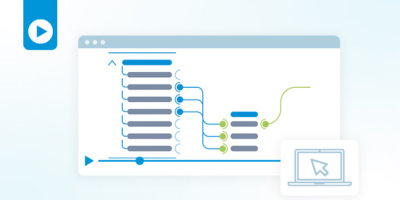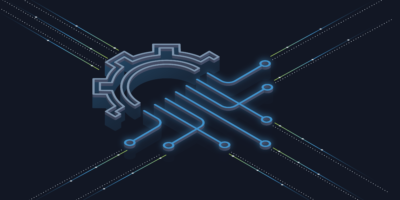For network service providers, the rollout of 5G services remains a top business imperative. With hundreds of thousands of cell sites across the country, network operators are continuously building or deploying elements and network functions, replacing old elements and future-proofing existing infrastructure. While the pandemic may have slowed the progress of these implementations, the expectations around 5G remain as high as ever.
Unfortunately, those expectations are running headlong into another global challenge. The supply chain issues that have impacted global markets and affected nearly every industry over the past two and a half years are leading to significant network equipment shortages and forcing network operators to consider new infrastructure vendors and solutions on-the-fly.
Solving the Supply Chain Integration Dilemma with Network Automation Technologies
When equipment providers are telling customers to expect 12-24 month delays on their orders, the only viable solution for many operators is to consider alternative vendors. But there are challenges there as well. Integrating new vendors and new elements in an existing network is time-consuming and expensive, two factors that have traditionally kept operators from venturing too far away from there with a small number of incumbent equipment vendors.
Switching vendors midstream when your organization has been trained to implement, support, and maintain one or two legacy systems creates myriad challenges for the network team. How do we deploy and manage the new elements? How will those network functions work within the existing infrastructure and systems? How long will it take our teams to learn how to maintain, support and troubleshoot the new elements? It isn’t a decision to be taken lightly. However, there is a solution.
By leveraging the network abstraction and rapid integration capabilities of the Itential Automation Platform, network teams have been able to reduce the average time it takes to integrate third-party elements (from virtually any vendor) into their networks. For example, what may have traditionally taken 18 months to implement, can now be accomplished in as little as two to three months.
Automation Can Enhance Rapid Integration, Federation, & Data Transformation within the Supply Chain
The Itential Automation Platform has three fundamental features that unlock this potential for network teams, regardless of the equipment that’s available to them, offering relief in these supply chain-constrained times.
First, Itential can auto-generate or ingest any vendor’s published API into the platform. This gives teams the ability to onboard network controllers, IT systems, sources of truth, and more. And if no API exists, Itentil can ingest and provide API interfaces for assets such as Python Scripts and Ansible Playbooks.
Second, Itential can normalize capabilities of integrated systems through abstraction. Regardless of whether it’s a network device, cloud service, or IT system, Itential provides a federated view of connected assets organized by category (or type). This enables teams to define logical sequences of automation steps by type, to parallel existing standard processes, but in an abstracted way – so a process that works for one vendor can be abstracted to work across multiple vendors.
Third, Itential enables the transformation of data from any workflow task to other tasks in real-time, and it makes every transformation a reusable asset that can be utilized across multiple automations. Every API call has a different set of input data requirements, so data manipulation between these different systems becomes critical for automation, otherwise, people must continue to fill in the gap.
As network operators and other technology companies around the world grapple with the ongoing supply chain issues, solutions like Itential are proving to be a viable mitigation strategy, while having the added benefit of providing new capabilities for automation, orchestration, and integration. With Itential, network teams can leverage the available inventory of network functions that new vendors have on hand and integrate those functions into their legacy systems. The race to 5G isn’t slowing down. Itential can help operators keep pace.
To learn more about how Itential’s rapid integration capabilities are mitigating network supply chain challenges for our customers, check out this on-demand webinar.





